What is ATMS?
You may be reading this guide because you got an email welcoming you to our system – don’t panic! This guide will introduce you to the basics, and we’re certain you will find that ATMS will make your life a lot easier.
ATMS (Action Tracking Management System) is an action tracker database used by clients worldwide to track and manage projects.
How does ATMS work?
It’s as easy as 1, 2, 3 (, 4) - the basic principle is as follows: (words in italics are explained in the Glossary at the end of this guide):
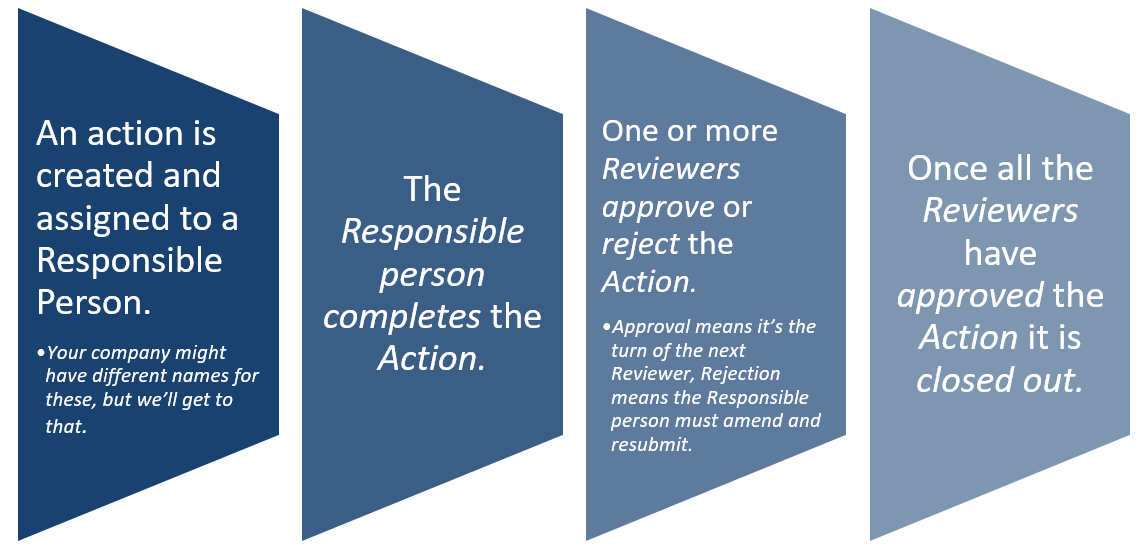
That’s the core of what ATMS does – we believe it just does it better than any other system on the market – but we are slightly biased.
I get it, now where can I find more information?
More detailed information is available in the ATMS Update History, and ATMS User Manual. They are available from the sidebar on the ATMS Main Screen.
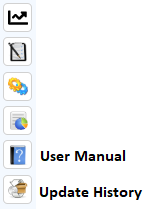
Your local ATMS administrators are also a good source of more information.
What's Next?
Now you know what ATMS is, let’s set a password and login to take a look.
Welcome to ATMS
The first time you hear about ATMS may be when a Welcome email appears in your Inbox. The Welcome to ATMS email looks something like this:
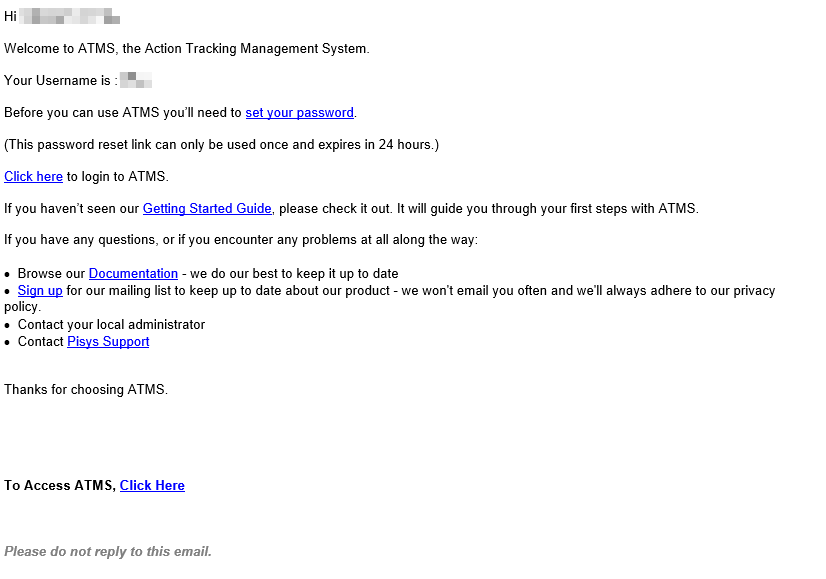
Set your password
You need to set your password before you can use ATMS, so click the ‘set your password’ link in the Welcome email. This opens a browser window and displays the ATMS page you use to set your password.
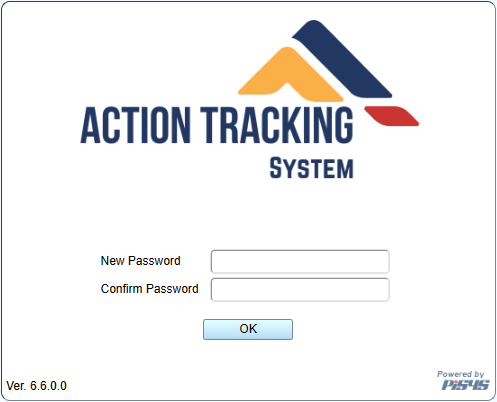
Choose a memorable password that contains more than 5 characters, enter it in both text boxes, and click OK. ATMS then displays a message, and emails you to inform you that your password has been successfully changed.
Both the message and email contain a link to the ATMS Login page. Click the link and let’s login!
Login to ATMS
You’ll find an ATMS link in your Welcome email, on your corporate intranet, or in your browser bookmarks if you chose to bookmark ATMS.
Clicking an ATMS link opens a browser window and displays the ATMS Login page. Your company logo will probably also be displayed and if your company has opted for Microsoft AzureAD then you will also see a button to login using your Microsoft Account:


The Main Action Screen
When you login to ATMS the Main Action Screen is displayed.
ATMS is completely configurable - we know that different businesses need to track different things relating to actions, so the screen you see will probably be different to this one. You may not even call the items you’re tracking ‘actions’, but the core functionality doesn’t change, whatever screen layout you have.
Here’s the Main Action Screen with its different regions highlighted:
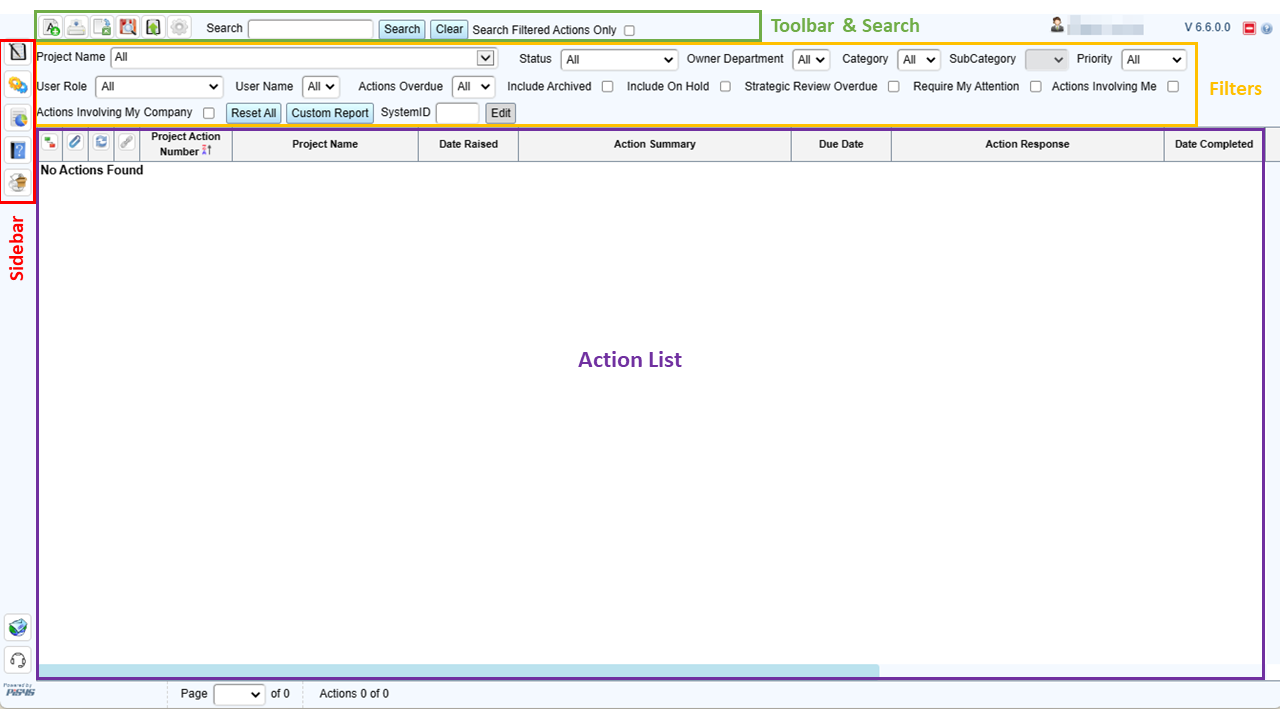
The Toolbar and Sidebar are covered in more depth in the ATMS User Manual. For now, these are the two most important buttons:

Hover your mouse over the Toolbar and Sidebar buttons without clicking to see a tooltip.
The Action list is the heart of the Main Action Screen. Although empty in the example above, it will fill up with rows and eventually pages of Actions. This is when Filters become useful.
Useful Filters
As the number of actions increases, you may find that you only want to see actions which are relevant to you.
Here’s the Filter section of the Main Action Screen:

Changing drop list selections and checkboxes changes which actions are displayed in the Action list.
Project Name
If you’re involved in multiple projects, select a project that you’re interested in to view only those actions.
Require my Attention
Check ‘Require my attention’ to only see actions you need to process. This may mean you have to complete the action or review an action that someone else has completed.
Actions Involving Me
Check ‘Actions Involving Me’ to see all the actions you’ve had any involvement with at any stage. You’ll see actions that do not necessarily require your attention.
Sorting
You can also click on the column headings to sort the actions just like Microsoft Excel.
Search
You can also use the free text ‘search’ field at the top of the screen to look for any text which appears anywhere in an action, perhaps an asset tag, or staff member – this is useful as the number of actions grows.
So far so good, now you’ve logged in to ATMS and seen what it looks like, it’s time to actually use it.
Using ATMS
Actions, or whatever you choose to call them are the lifeblood of ATMS, and the heart of ATMS is the Action list. This is the list of things that you want to track and manage. The lifecycle of action creation, assignment, review, and closure starts from the ATMS Main Action Screen.
How you create and process actions is covered in the ATMS User Manual, but we’ll take a quick look at processing an action here, starting with viewing an action.
View an Action
There are two ways to view an action in ATMS: from a link in a notification email; and directly using ATMS.
I just got an email from ATMS
If you receive an email titled ‘ATMS - New Action Open for Action Response’, or ‘ATMS – Action Response Complete’ then there is an action requiring your attention.
The notification email contains a link to the action in ATMS. Click the email link and login to view the action.
I logged in to ATMS and there's something in my action list
Double click an action (or right-click an action and select Edit) to view the action. If you’re not already logged in to ATMS do that now.
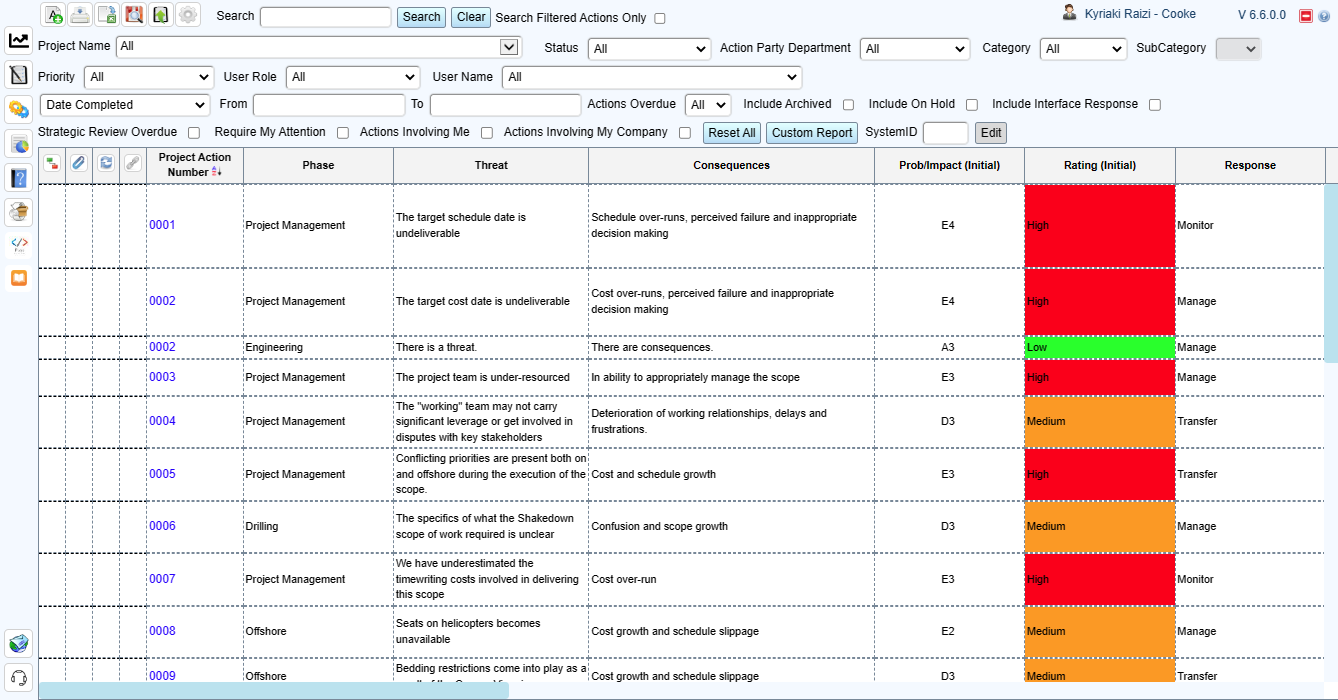
By default, and without any filters selected, the action list contains all the actions that may be of interest to you. Each row of the Action list is an action, colour coded by rating from low (green), and medium (yellow), to high (red).
Each column in the action list is an action field. You may have to scroll the Action list to see all the fields. Remember, your Action list may not look like this. ATMS is totally configurable, and your local administrators may have chosen to configure ATMS and rename or hide columns.
Let's look at an action
In our example, let’s look at the action highlighted in red as this means it’s been created as high priority. Double clicking an action row in the Action list displays the Edit Action form:
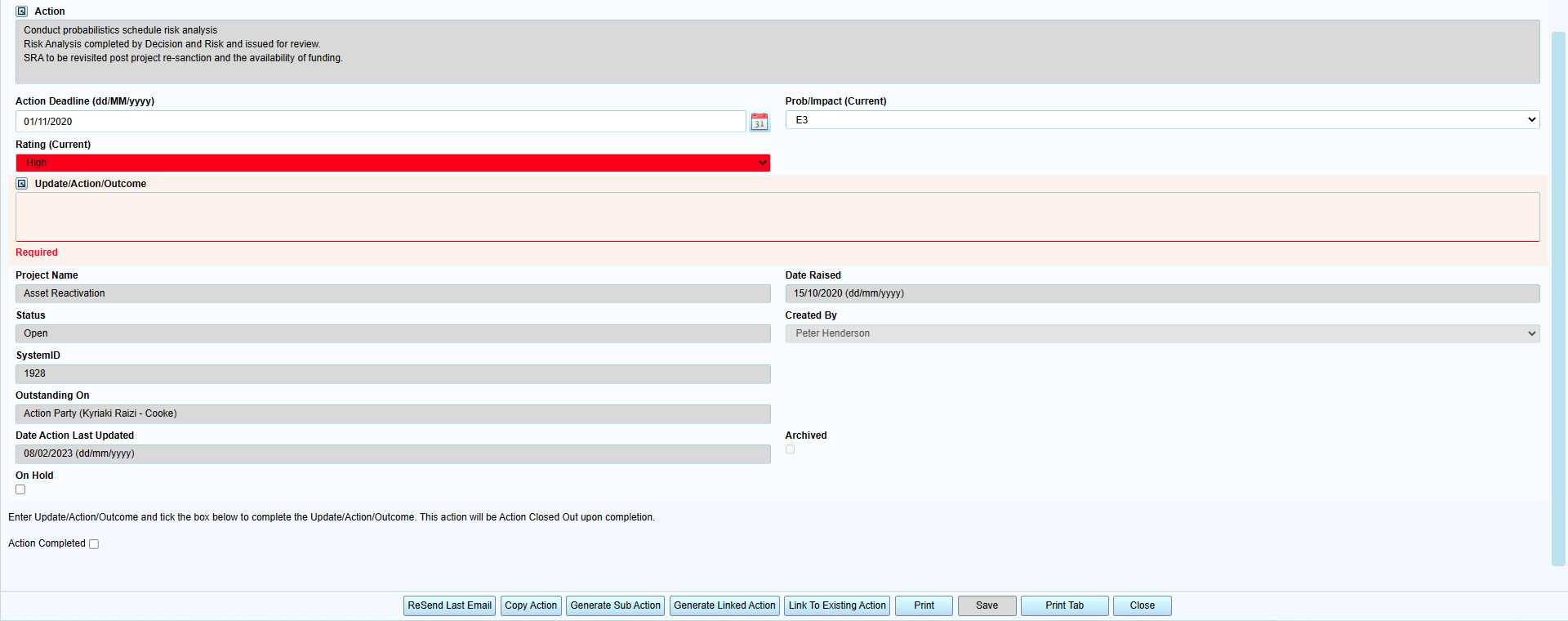
It may seem like a lot to take in at first sight, but it’s simple. The information displayed describes the action. This is the Basic tab. More information is on other tabs – click them and take a look.

Remember that ATMS is totally configurable, so your Edit Action form and Tabs may look completely different. The core functionality remains the same, however.
The Edit Action form is covered in more detail in the ATMS User Manual, but we’ll cover the basics here. Now you know how to view actions in your action list, let’s look at how to process an action.
Process an action
You will be notified by email whenever you are required to process an action.
Look out for notification emails with titles like ‘ATMS - New Action Open for Action Response’, ‘ATMS – Action Response Complete’, or ‘ATMS – Action Response Approved by the Reviewer 1’.
You may be required to perform an action, or review an action, but both are similar. Either click the link in the notification email, or login to ATMS and double click the action you’re interested in.
Remember you can filter the actions displayed – checking the ‘Require My Attention’ checkbox might be useful. Here’s an example Edit Action form with the most important regions highlighted:

There are five steps to processing an action:
- Review the information displayed.
- Remember - there might be information on other tabs such as Project Details, Attachments or Review Comments.
- Complete whatever action is required in the Action Summary
- Enter your response in the “Update Action Outcome” field.
- Don’t worry if you’re not ready to do this just yet. You may need to seek out more information, chat to colleagues, or do some other research before continuing. No problem - the action will remain in your action list until you complete it.
- You may return to the action as often as you need to, but if you update the Action Response then be sure to click the Save button at the bottom of the form so as not to lose any of your changes.
- You may want to add a document or photo at this stage. Use the Attachments tab to do this.
- Only check the Action Completed checkbox once you’ve finalised the Update Action Outcome.
- Click the Save button at the bottom of the form to conclude your involvement in this step of the action lifecycle.
The action lifecycle now proceeds.
Remember that ATMS is totally configurable and what you see may look completely different. Your administrator may even have renamed the Action Completed checkbox.
If your Edit Action form looks different and you’re unsure how to process an action, then contact your local administrator.
Review an action
When you’re reviewing an action, the Edit Action form will look the same as before with only one additional field showing:

There are four steps to reviewing an action:
- Review the information displayed.
- Remember - there might be information on other tabs such as Project Details, Attachments or Review Comments.
- Enter your ‘Review Comments’.
- Don’t worry if you’re not ready to do this just yet. You may need to seek out more information, chat to colleagues, or do some other research before continuing. No problem - the action will remain in your action list until you approve or reject it.
- You may return to the action as often as you need to, but if you update the Review Comments then be sure to click the Save button at the bottom of the form so as not to lose any of your changes.
- Only select Approve or Reject once you’ve finalised your review.
- Action Rejection returns the action to the Owner who must reprocess the action. Approval advances the action to the next reviewer or closes the action.
- Click the Save button at the bottom of the form to conclude the review.
- Remember that ATMS is totally configurable and what you see may look completely different.
If your Edit Action form looks different and you’re unsure how to review an action, then contact your local administrator.
Is That Everything?
Far from it, but hopefully you now understand the basics. ATMS is totally configurable and has a range of powerful features including data import and export; custom reporting; and more.
More information is available in the ATMS User Manual. If you have any questions your local administrator will be able to help.
Glossary
Action – the individual items tracked by ATMS. You may have a different name for them Action list – the colour-coded list of actions on the ATMS Main Action Screen.
Action Response – what must be done to resolve the action.
ATMS – the Action Tracking Management System developed by Pisys.
Approval – the affirmative response of an action reviewer. Approval advances the action for further review, or close-out.
Browser – Computer program for viewing web pages and using ATMS. Common examples are Microsoft Edge, Chrome and Firefox.
Close-out – The end of the action lifecycle, but the action remains in the system for reference Creator – the one who creates an action. They select the Owner and may also nominate Reviewers Main Action Screen – the page displayed when you login to ATMS. Contains the Action list.
Owner – the one responsible for completing the Action Response.
Rejection – the negative response of an action reviewer. Rejection reverts the action back to its owner for further input before restarting the review process.
Reviewer – the one(s) who approve or reject the owner’s Action Response.